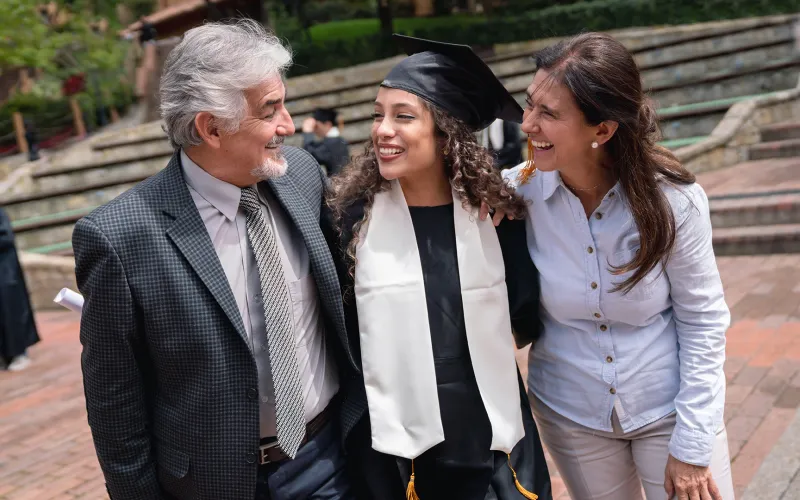
Enhancing financial literacy with Wishbank
It’s an important conversation, but sometimes it’s difficult to know where – and how – to start. In fact, many Canadian parents feel they're more prepared to talk to their children about drugs and alcohol than they are about money and finances.
While many parents believe that they are responsible for educating their children about the importance of money, many also feel financial education should be taught in school.
The good news is that in BC, your children are being taught basic money management concepts as part of their math curriculum. That's why we've partnered with a number of schools and school boards to promote financial literacy through our Wishbank program.
However, parents and grandparents have a very important role to play in teaching their children about money and setting them up for a lifetime of healthy spending, saving and sharing habits. And the Wishbank can be a helpful teaching aid.
Here are six easy steps to help you and your child begin to:
- Achieve goals by budgeting money for spending, saving and sharing
- Understand how to use and think about money
- Establish the foundations for long-term security and independence
1. Help them identify their goals
Encourage your child to think about some things he or she wants or cares about. They could be actual objects like a toy or article of clothing, or events like vacations or concerts. They could even cut pictures out of magazines or draw them themselves and post them as reminders.
It's easy to do this for the Saving and Spending boxes within the Wishbank, but it's great to do for Sharing as well. And this can be a starting point for a discussion about how sharing good acts or money builds a strong sense of belonging to a community and how rewarding generosity can be. You can offer examples of things your family already does, such as supporting food banks or other charities, or volunteering at libraries or neighbourhood projects.
2. Allowances – their first income stream
Discuss where your child's money will come from. Weekly allowances, earnings from chores, and gifts are all income possibilities.
If you're wondering about allowances, there are a number of approaches. Allowances help children learn how to handle money and, along with budgets to help control expenses, be in control of their financial futures. Every family is different in their approach to allowances. Some link allowances to chores, while others choose to make allowances independent of household duties.
Healthy financial habits begin with the small successes and failures that come out of managing an allowance. Giving kids the opportunity to experience the ups and downs of budgeting ensures a more stable future and financial independence.
3. Make savings choices
Help your child determine how much money should go into each Wishbank moneybox. For starters, you might suggest allocating 20% for savings, 10% for sharing and 70% for spending. Write the percentages on the top of each box. For younger children, you can keep things simple by just ensuring they put something in the saving and sharing box as well as the spending box.
You can talk about how you make the same choices with the family budget. Emphasize the importance of setting aside some money for the long-term and the unexpected.
4. Talk about saving
Saving money can be as difficult for children as it is for adults. Bring up your own stories about saving and how you've had to meet challenges or sacrifices.
Encourage your child to set realistic goals – early successes go a long way. It's never too early to start discussing how powerful starting early can be. Visual aids like financial calculators with charts can show how even small, regular savings started early can grow!
5. Move that money
Help your child establish routines. For example, once your child reaches a certain goal in the Wishbank Savings moneybox – or perhaps once a month – take them to their BlueShore Financial branch to make a deposit. (If your child doesn't have an account at BlueShore Financial, we have a fun experience in store.)
When your child deposits or withdraws money, cheer that success! Whether it's buying a much-anticipated toy, depositing a large sum, or giving to a charity from the Sharing box, having a dream turn into a reality is a proud moment.
6. Keep the money conversation going
The Wishbank is a great tool to foster family discussions about money. Periodically check in with your child about how she or he is doing and the choices being made. Once a dream or goal has been achieved, talk about the next one. And as your child grows, introduce more sophisticated money management concepts.

Have a question? Ask an expert
Kelsey Phare Financial AdvisorMutual Funds Investment Specialist
Our team of experienced professionals are here to answer any questions you may have.

